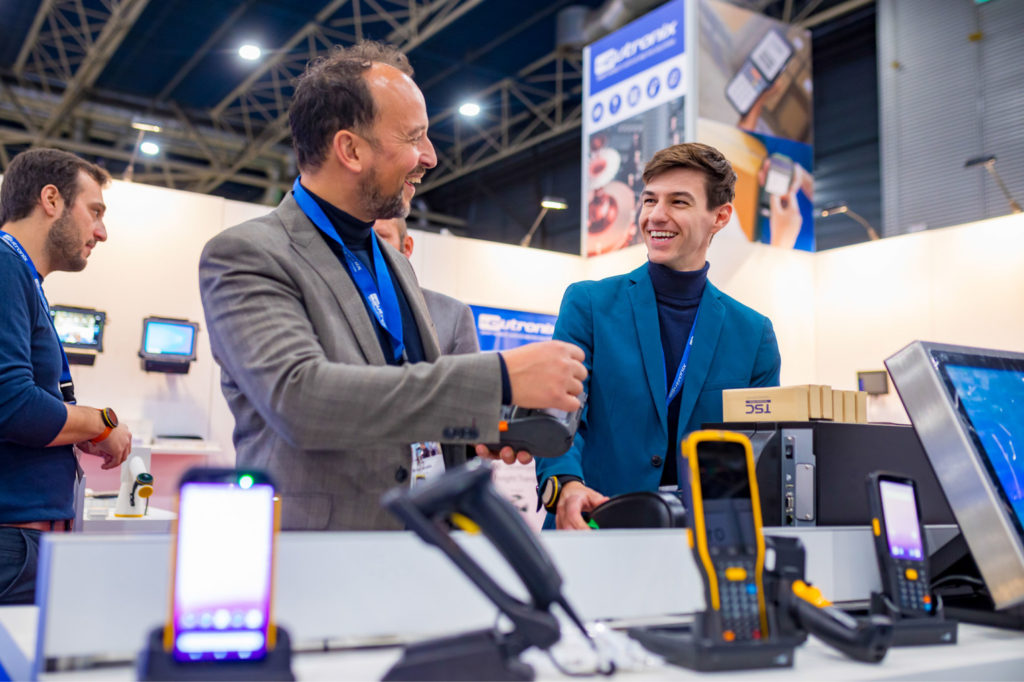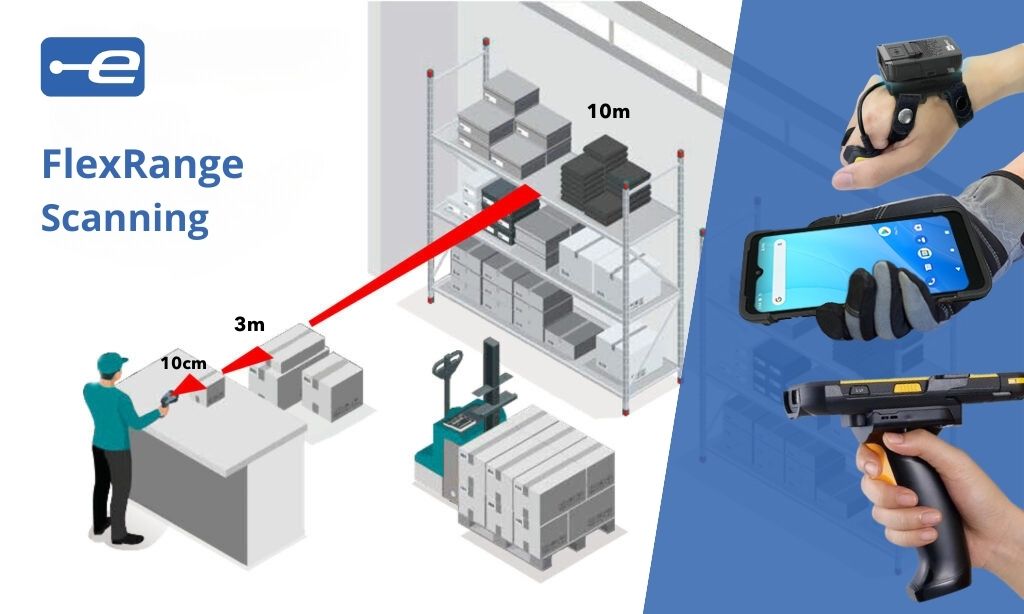FlexRange Scanning
FlexRange scanning: the latest trend for barcode scanning in warehouses and logistics environments. Eutronix provides various solutions that include a FlexRange scanner to make reading different barcodes in one space easier than ever. Whether it’s a reading distance of 10 centimetres, 3 metres or a long distance of 10 metres – it’s all possible! Discover the solutions recommended by Eutronix and how FlexRange scanning can improve your processes.
Ideally suited for applications in:
🚛 Logistics | 🏬 Warehousing | 🏭 Manufacturing
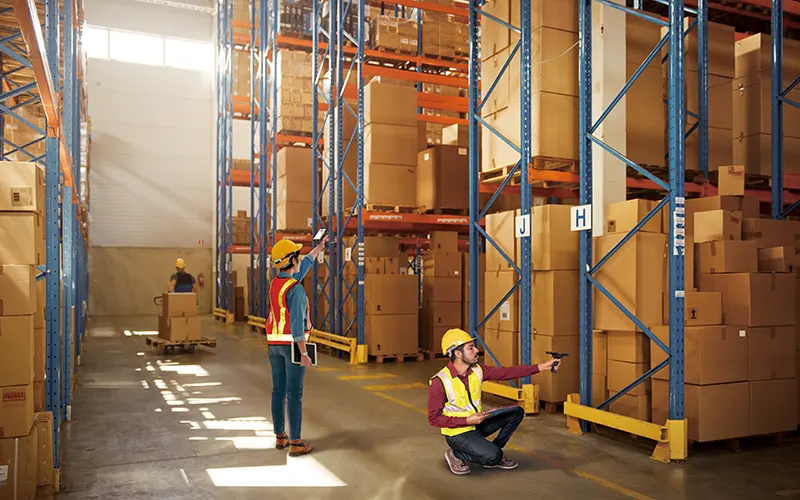
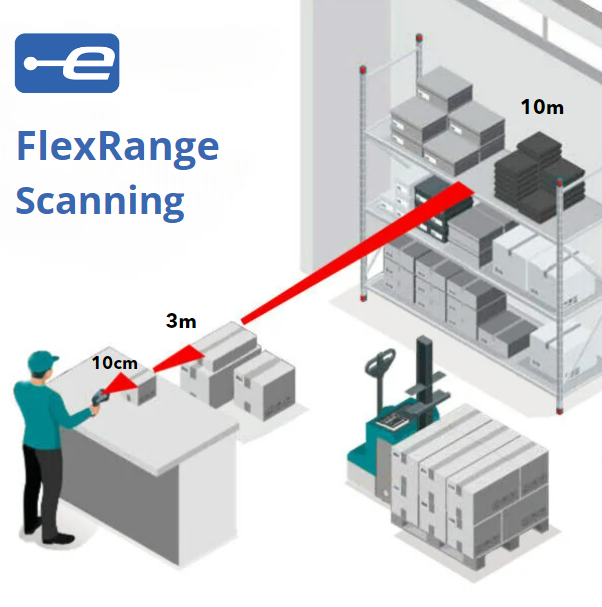
Why Choose A FlexRange Scanner?
What sets FlexRange scanners apart is their ability to be flexible in both detecting and reaching objects over a wide range of distances. They use advanced sensor technologies, such as LiDAR (Light Detection and Ranging), to detect objects and accurately measure their distance, even at long distances. So whether it is a barcode at 10 centimetres or 10 metres away, both can be scanned easily and quickly. All of this in one terminal with an integrated FlexRange scanner.
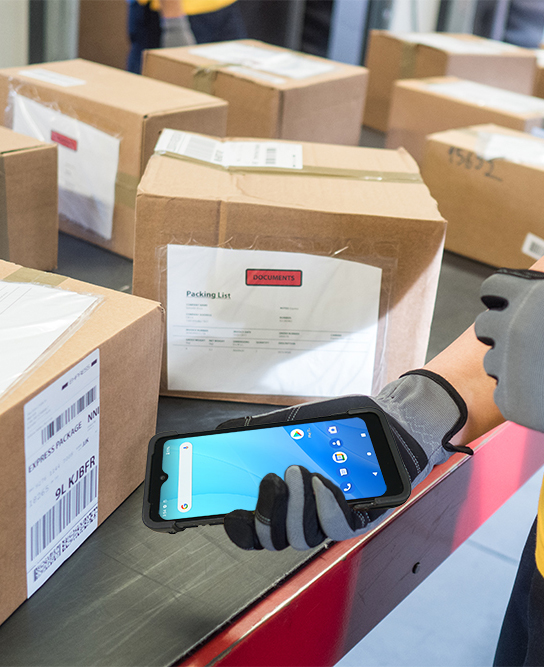
Which Uses For A FlexRange Scanner?
FlexRange scanners are capable of scanning large areas quickly and efficiently, making them ideal for applications such as inventory management, order processing and warehouse optimisation. Their flexibility allows them to be adapted to different warehouse layouts and logistics processes, helping companies improve operational efficiency and increase inventory management accuracy. FlexRange scanners have become a powerful tool for companies seeking improved efficiency and precision in their logistics and warehouse operations.
Did You Know?
Choosing a FlexRange scanner means choosing not only cutting-edge technology, it also means setting standards within your company. The versatile reading range of a FlexRange scanner allows different employees to use the same device, regardless of their role in the logistics process. Whether it is a picker collecting items in the warehouse or a forklift driver transporting goods, one FlexRange solution suffices for all tasks. This unified approach eliminates the need to purchase multiple solutions, reducing costs and increasing operational efficiency. With a FlexRange scanner, all colleagues can perform their tasks quickly and efficiently, resulting in a streamlined and optimised logistics workflow.

The Eutronix Solutions
Discover the power of FlexRange scanning with Eutronix. Our advanced solutions, including the Unitech PA768, Unitech EA660, CipherLab RS36 and CipherLab WR30, offer unparalleled flexibility and accuracy in scanning data in various logistics and warehouse environments. With these industry-leading devices, you can maximise efficiency, improve inventory accuracy and optimise operational processes. Discover today how Eutronix can help you transform your logistics and warehouse management.
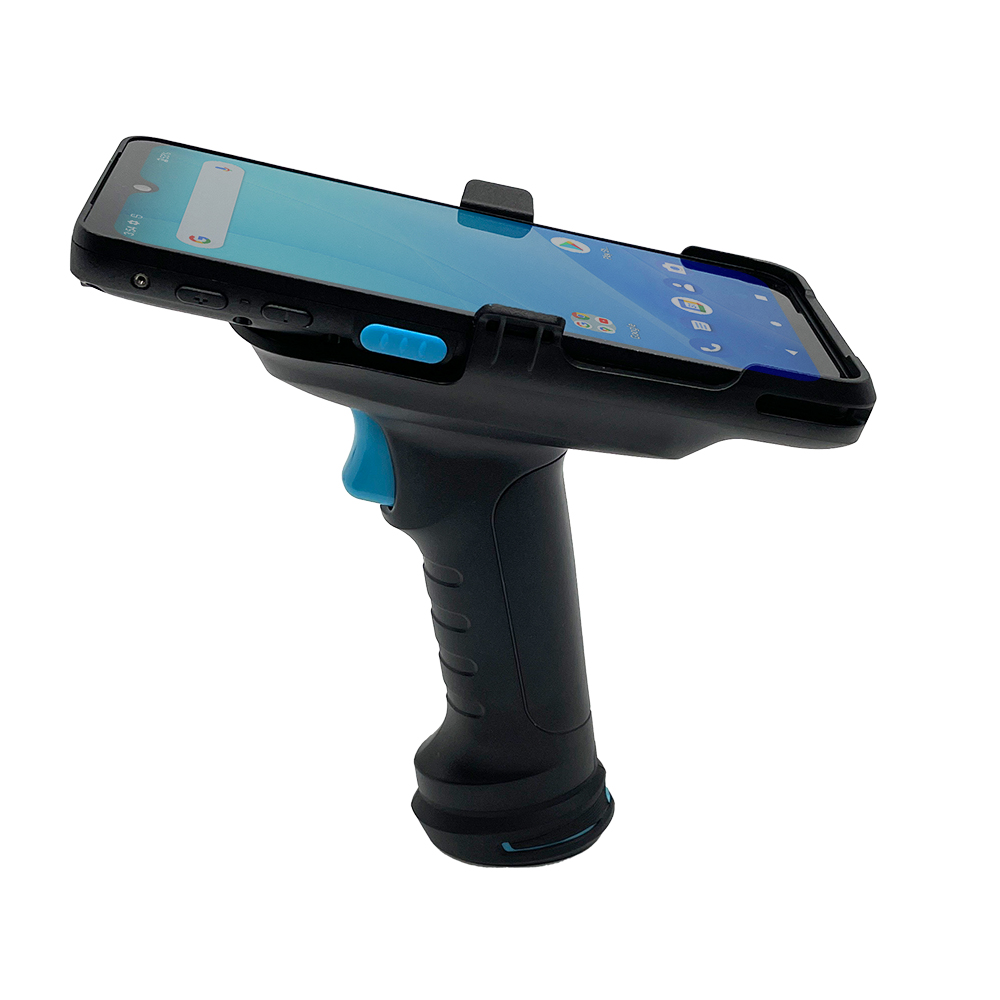
Unitech PA768
- 6.3” Rugged Handheld Terminal
- Android 12 (upgradable to14 & 16!)
- Pistol Grip available
- Scanning range from 5 cm to 10 m!
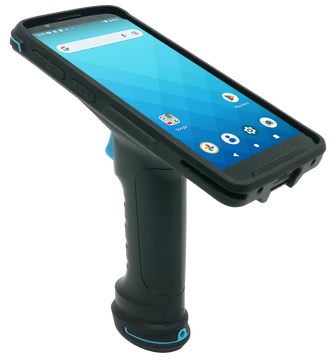
Unitech EA660
- 6” Rugged Smartphone
- Android 13 (upgradable to 15 & 17!)
- Pistol Grip available
- Scanning range from 5 cm to 10 m!
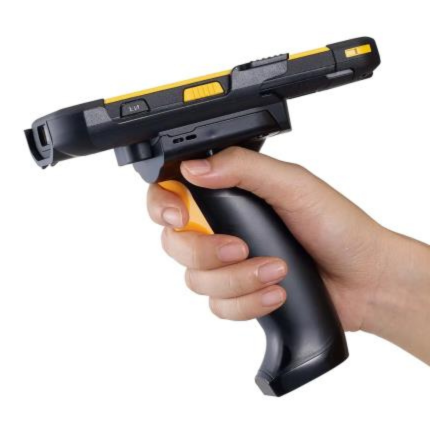
CipherLab RS36
- 5.5” Rugged Handheld Terminal
- Android 12 (upgradable to14!)
- Pistol Grip available
- Scanning range from 5 cm to 12 m!
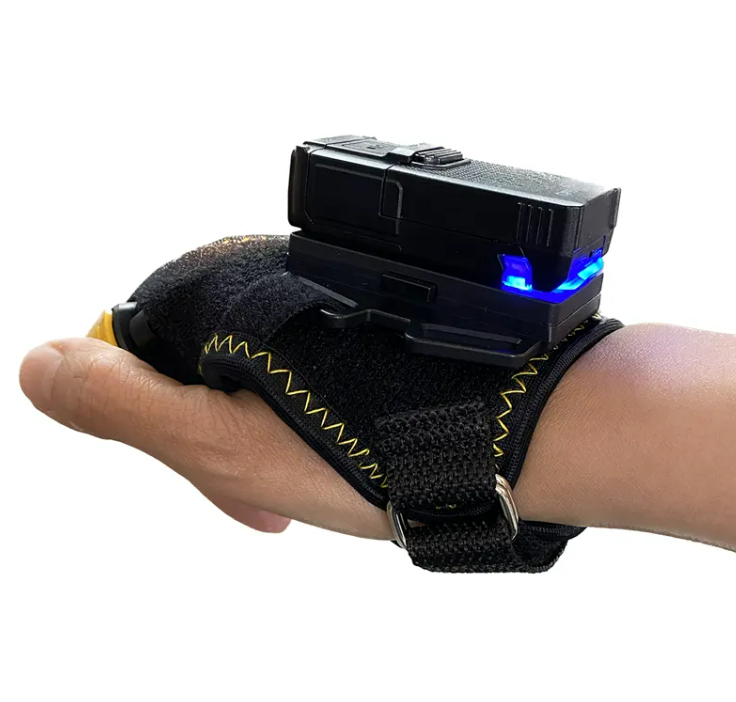
CipherLab WR30
- Wearable Scanner
- In combination with glove
- Easy to pair with a terminal / smartphone via Bluetooth
- Scanning range from 10 cm to 14 m!
Fun Fact
An interesting fact about FlexRange scanners is that they are not only used for traditional logistics applications, but are increasingly being integrated into other sectors, such as autonomous vehicles and robotics. Thanks to their accurate detection and distance measurement capabilities, FlexRange scanners are, for example, used in self-driving cars to detect obstacles and measure distances to other vehicles, contributing to the development of safer autonomous systems. This shows how these versatile technologies are gaining ground and expanding their impact into different areas of innovation.
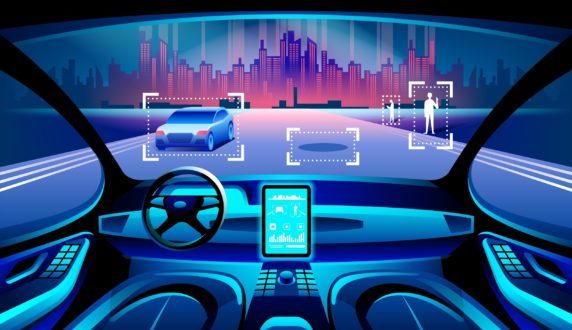
FAQ
What is the difference between a FlexRange Scanner and a traditional barcode scanner?FlexRange scanners are designed to be flexible in both detection and range, as opposed to traditional scanners with more limited functionality and range. With a FlexRange Scanner, barcodes can be read at various distances. For example, 10 centimetres, 3 metres and 10 metres distance.
How do I choose the right FlexRange Scanner for my specific needs?Our team of experts will gladly brainstorm with you on which solution is best suited for your specific application. Contact us for comprehensive advice and a free demo period.
Do I really need a FlexRange scanner?Good question! Are you doing a lot of short-distance scanning for order picking? Perhaps you only scan long distances in a large warehouse? In that case, you are better off with a traditional barcode scanner or a Long Range Scanner, which can read barcodes at very long distances (up to 22 m!). A FlexRange scanner is perfect for scenarios where objects need to be scanned at both short and long distances. Think of employees driving around a warehouse in a forklift truck. There are different objects everywhere, at various distances, all of which need to be able to be scanned. A FlexRange scanner comes in perfectly handy here!
What is LiDAR?LiDAR stands for Light Detection and Ranging. It is an advanced remote sensing technology used to measure the distance to objects or surfaces by emitting pulses of laser light and measuring the time it takes for the reflected light pulses to return to the sensor. This technology uses laser beams to generate accurate three-dimensional maps or models of the environment.
LiDAR systems typically consist of a laser transmitter, a scanner to focus the laser beam, a receiver to detect the reflected light pulses, and an accurate clock to measure the time it takes to send and receive the light pulses. By measuring the speed of light and multiplying it by the time it takes for the light pulses to return, the distance to objects or surfaces can be accurately calculated.
Eutronix is on hand to advise you on the best solution for you.
Discover the best solution for your specific application today.
Contact our experts for a comprehensive offer with free demo period.
